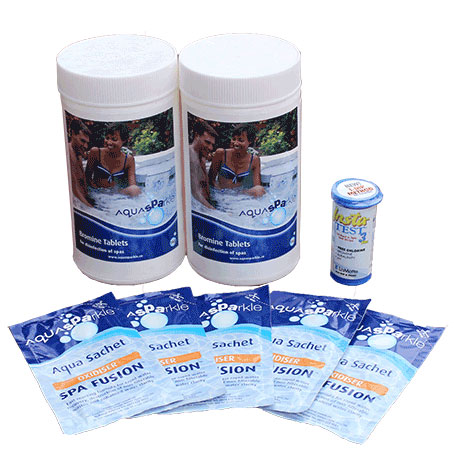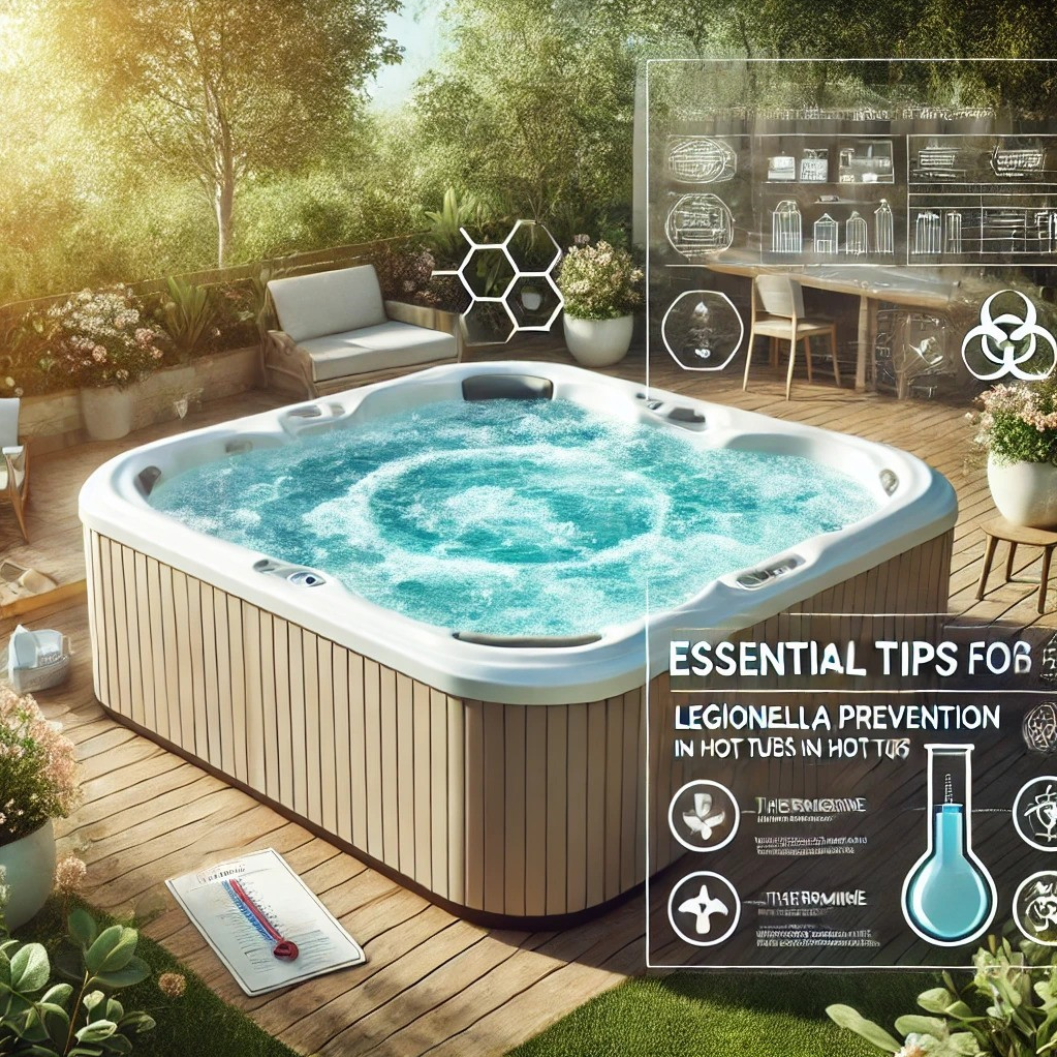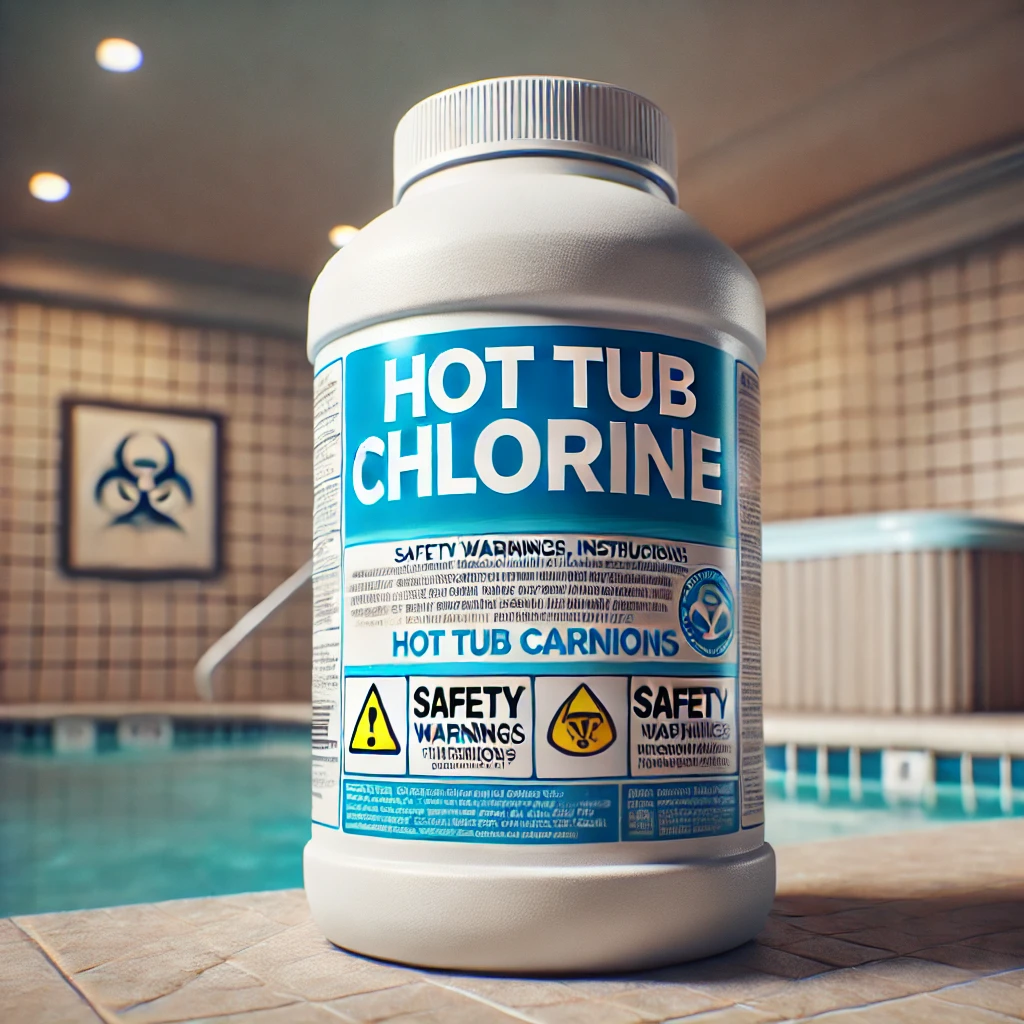How to Keep Your Hot Tub Clean and Sanitised with Chlorine Granules and Filters
To keep the cost of hot tub maintenance down, it’s recommended to look after the basic sanitation and filters. This guide will show you how to do just that, with tips on how to add chlorine granules, use test strips, balance pH levels, clean filters, and more.
Chlorine Granules & Tablets: Tailored Advice
Regular Users
- The best time to add chlorine granules is immediately after you’ve enjoyed your soak. This ensures the water remains clean and ready for your next dip, while also helping to keep maintenance costs down.
- Even if you’re not using the hot tub frequently, it’s crucial to monitor chlorine levels to ensure water quality. This will help you catch any problems early on and prevent them from becoming more costly to fix.
Infrequent Users
- Even if you’re not using your tub regularly, it’s essential to monitor the chlorine levels. This ensures that when you do decide to take a dip, the water is clean and safe. You may also want to consider adding a floating chlorine dispenser to help keep the chlorine levels consistent.
Commercial Hot Tubs
- For commercial settings, chlorine tablets are recommended. Given the high usage and potential challenges with daily access, tablets provide a more extended release of chlorine, ensuring consistent water quality and helping to keep maintenance costs down. Tablets are typically placed in a floating dispenser or an in-line chlorinator, releasing chlorine gradually.
The Role of Test Strips
- Test strips provide a quick and accurate snapshot of your hot tub’s chemical health. This information is essential for maintaining proper sanitation and preventing costly repairs.
- Dip a test strip into the water, wait for the colours to develop, and then compare with the provided chart. This will tell you the levels of chlorine, pH, and other important chemicals in the water.
The Art of Balancing pH Levels
- pH levels indicate the water’s acidity or alkalinity. A balanced pH is essential for maintaining proper sanitation, preventing corrosion, and ensuring user comfort.
- Use test strips to check the pH levels weekly. Adjust with pH reducers or increasers as needed. This will help to keep maintenance costs down by preventing costly repairs.
Filter Maintenance: The Key to Clear Water
- Clean filters ensure efficient water circulation, extending the lifespan of your hot tub and ensuring a safer experience. This can help to keep maintenance costs down by preventing the need to replace filters as often.
- Turn off the hot tub and remove the filter.
- Rinse the filter with a hose to remove surface debris.
- For a deeper clean, soak the filter in a specialized cleaning solution or a mix of water and white vinegar.
- Rinse thoroughly after soaking.
- Let the filter dry completely before reinstalling.
- Consider rotating between two filters, ensuring one is always clean and ready for use. This will help to keep maintenance costs down by extending the lifespan of each filter.
Additional Maintenance Tips
- Use a cover to maintain water temperature, conserve energy, and keep out debris. This can help to keep maintenance costs down by preventing the need to add chemicals as often.
- Avoid using the hot tub under the influence of alcohol, and ensure a non-slip mat is placed nearby. This will help to prevent accidents and injuries, which can lead to costly repairs.
- Inspect all electrical components periodically for safety. This will help to prevent electrical fires and other costly damage.
- If your hot tub is outdoors, consider using protective measures against direct sunlight or strong winds.


